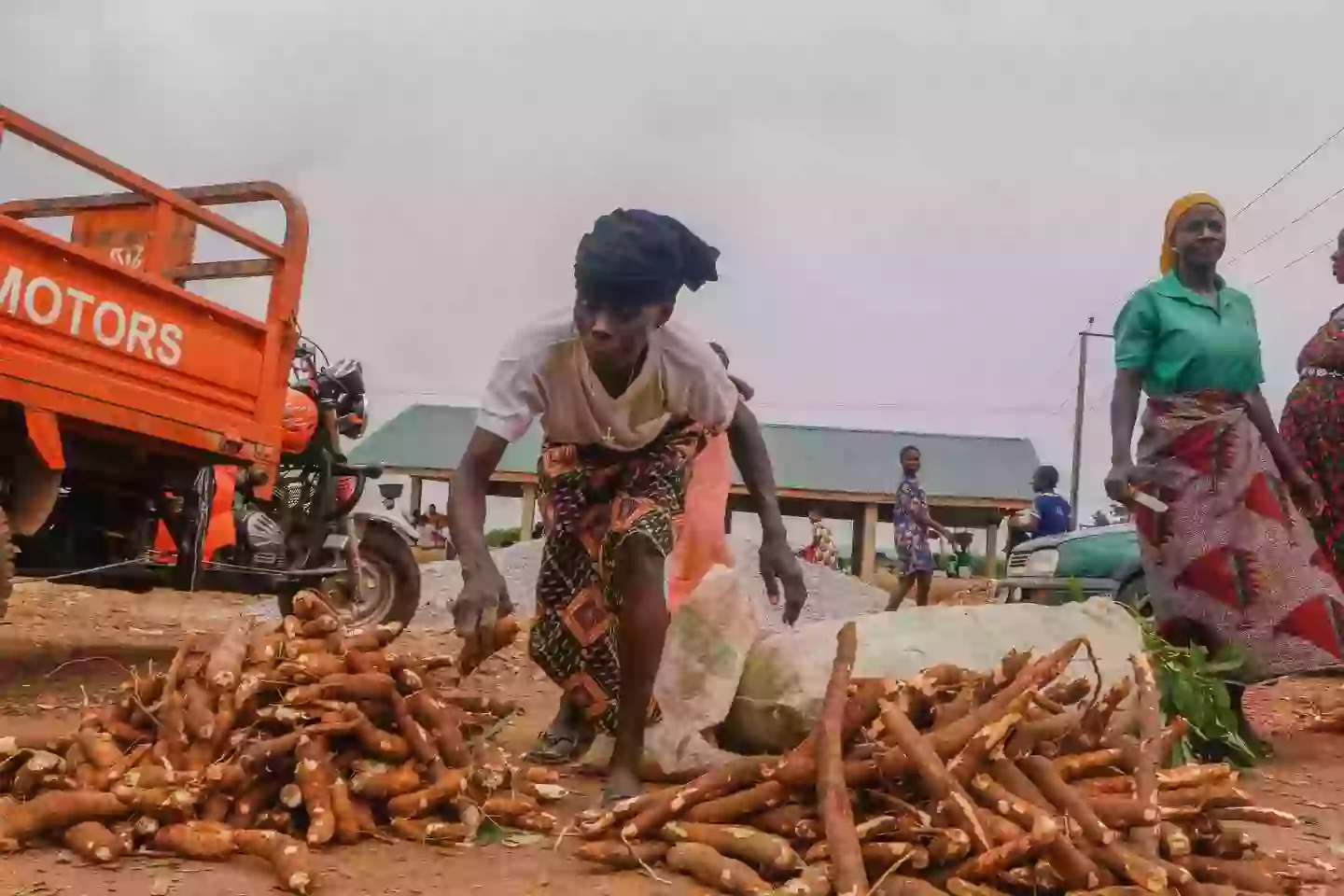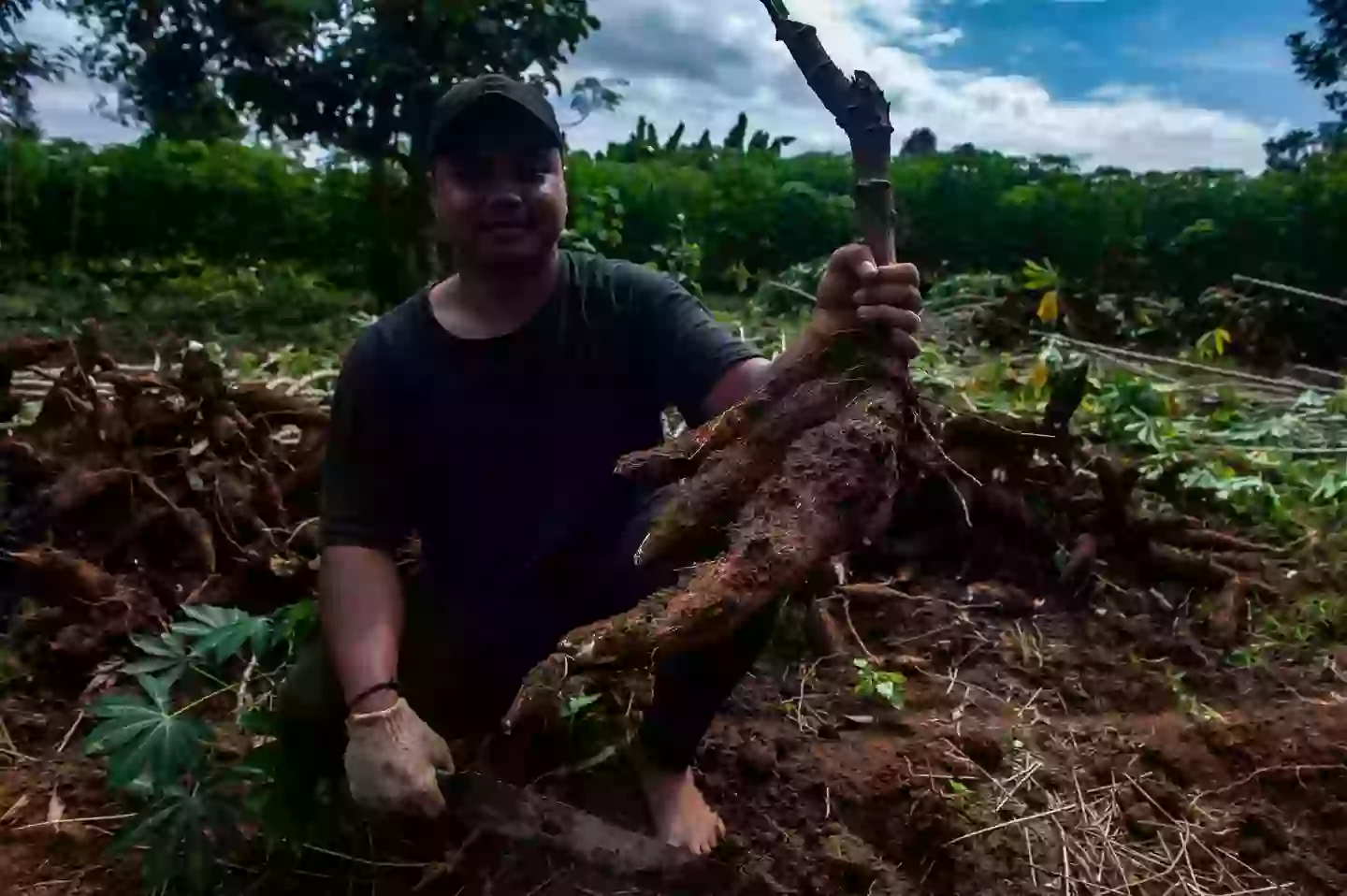It’s the ultimate paradox – a life-sustaining food that can also be lethal. Cassava, consumed by nearly half a billion people worldwide, causes about 200 poisoning deaths annually. This starchy tuber contains natural cyanide compounds that require careful preparation to make safe for eating.

The World Health Organization explains that cassava’s toxicity becomes most dangerous during crises. When food is scarce, people may skip the days-long soaking and cooking process needed to remove toxins. This leads to tragic outbreaks of cyanide poisoning and konzo, a paralyzing disease tied to improperly prepared cassava consumption.

Yet for millions in tropical regions, cassava remains an essential crop. Drought-resistant and calorie-rich, it provides food security when other crops fail. The difference between nourishment and danger comes down to traditional knowledge – proving that how we prepare our food can be just as important as what we eat.


